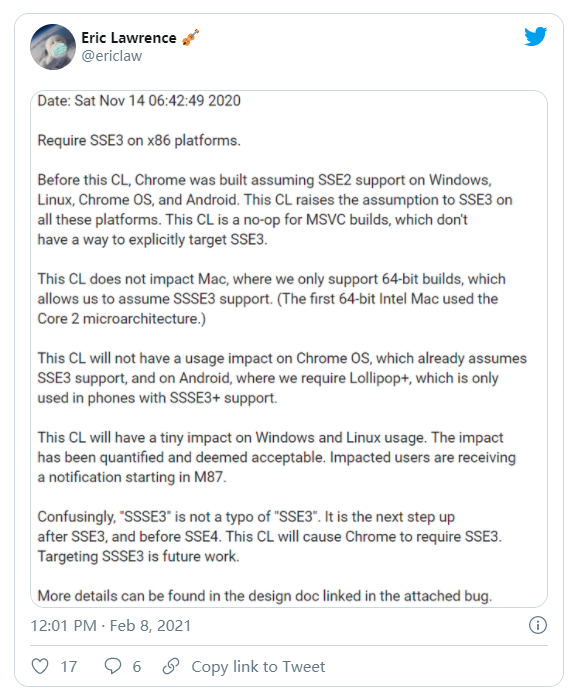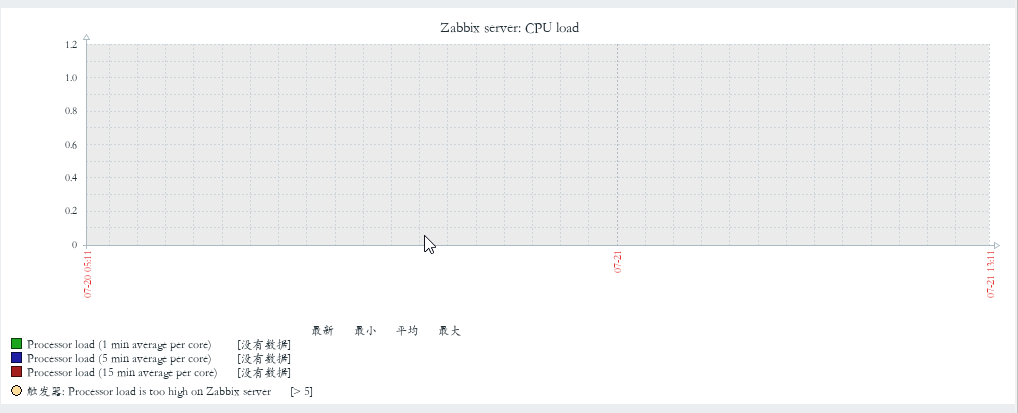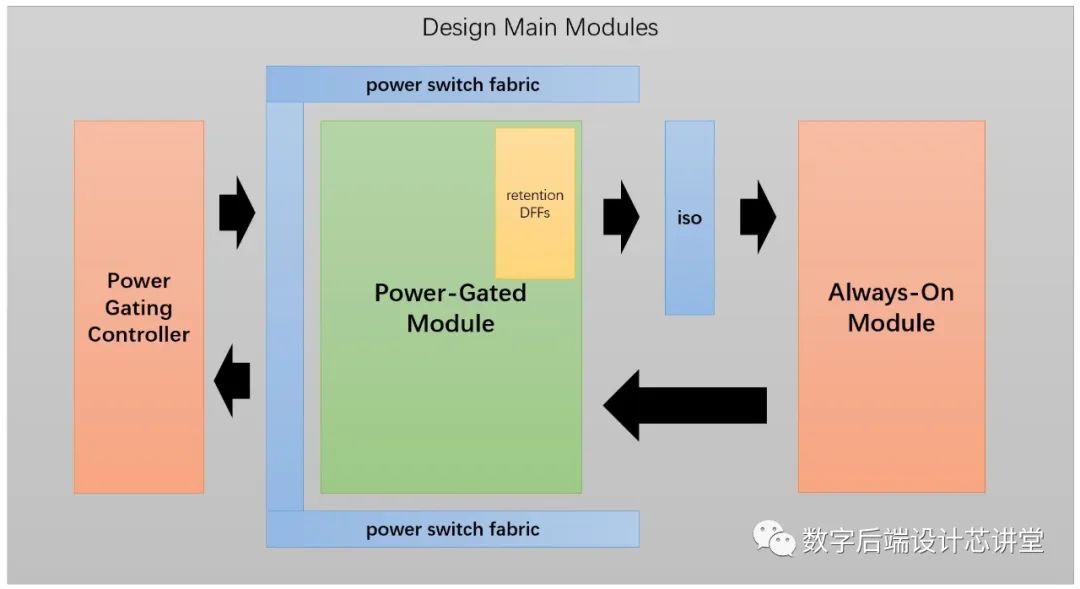How can I use globalCompositeOperation with KineticJS? I've seen a couple of examples where a custom function is created but they all seem out of date and don't work anymore.
I'm trying to create an app where a shape (like a circle) can be moved around the canvas and reveal the image below it and then locked into place to create the image mask.
It seems that using a composite would be better than trying to use a fillImagePattern. Any ideas would be greatly appreciated.
Thanks,
- Chris
Here’s how to use globalCompositeOperation in KineticJS to do a “reveal”


The method is:
- Create 2 Kinetic layers: a background layer and a top layer.
- Put an image on the background layer.
- Add a rectangle that completely fills the top layer.
- Add a custom shape (a circle) on the top layer.
- The custom circle uses “destination-out” compositing to “reveal” the image underneath
Of course, if your design allows a rectangular “reveal”, you can just create a clipping region.
Here is code and a Fiddle: http://jsfiddle.net/m1erickson/QcnHa/
<!DOCTYPE html>
<html>
<head>
<meta charset="utf-8">
<title>Prototype</title>
<script type="text/javascript" src="http://code.jquery.com/jquery.min.js"></script>
<script src="http://d3lp1msu2r81bx.cloudfront.net/kjs/js/lib/kinetic-v4.5.5.min.js"></script>
<style>
#container{
border:solid 1px #ccc;
margin-top: 10px;
width:400px;
height:400px;
}
</style>
<script>
$(function(){
var stage = new Kinetic.Stage({
container: 'container',
width: 400,
height: 400
});
var layerBk = new Kinetic.Layer();
stage.add(layerBk);
var layer = new Kinetic.Layer();
layer.setDraggable("true");
stage.add(layer);
var img=new Image();
img.onload=function(){
start();
}
img.src="koolaidman.png";
function start(){
var image=new Kinetic.Image({
x:0,
y:0,
width:300,
height:300,
image:img
});
layerBk.add(image);
var rect = new Kinetic.Rect({
x: -300,
y: -300,
width: 1000,
height: 1000,
fill: 'skyblue',
stroke: 'lightgray',
strokeWidth: 3
});
layer.add(rect);
var revealOutline=new Kinetic.Circle({
x:120,
y:120,
radius:78,
stroke:"black",
strokeWidth:4
});
layer.add(revealOutline);
var thumb=new Kinetic.Polygon({
points:[200,125, 200,115, 250,100, 250,140],
fill:"green",
stroke:"black"
});
layer.add(thumb);
var reveal = new Kinetic.Shape({
drawFunc: function(canvas) {
var context = canvas.getContext();
context.save();
context.beginPath();
context.globalCompositeOperation="destination-out";
context.arc(120,120,75,0,Math.PI*2,false);
context.closePath();
canvas.fillStroke(this);
context.restore();
},
dragBoundFunc: function(pos) { return(pos); },
fill: '#00D2FF',
stroke: 'black',
strokeWidth:4,
draggable:true
});
reveal.on("mousedown",function(){
console.log("reveal: "+getX());
});
layer.add(reveal);
layerBk.draw();
layer.draw();
}
}); // end $(function(){});
</script>
</head>
<body>
<p>Drag the green grabber to move the reveal</p>
<div id="container"></div>
</body>
</html>






